Other Vehicle
Rear Diffuser Device
According to the automobile technology develops, the driving speed of automobiles is getting faster. Thus, the aerodynamic performance becomes more important because aerodynamic drag is directly proportional to the square of the speed. Additionally, the reduction of the aerodynamic drag is economical technology because it is achievable at a relatively low cost compared to efficiency improvement of engine and powertrain system
The feature of actively translating rear diffuser device is hidden under the rear bumper ordinarily not to ruin the external design of the car and slips out backward under the high-speed driving condition. By this study, a movable arc-shaped semi-diffuser device is designed to maintain the streamlined automobile rear underbody configuration. It's installed under the rear bumper of a passenger car. Seven types of rear diffuser devices whose positions, slid out lengths and widths are differing with the basic shape installed in the rear bumper section of a passenger car and performed Computational Fluid Dynamics (CFD) analyses under rotating wheel and moving ground conditions.
The base pressure of the rear surface of passenger car is increased by install the rear diffuser device, because it prevents the low pressure air coming through the underbody from directly soaring up to the rear surface of the trunk. At the same time, it increases a diffusing effect to underbody flow which lowers the velocity and raises the pressure, bringing about an aerodynamic drag reduction. Finally, the automobile aerodynamic drag is reduced about an average of more than 4% in 450mm length with the base configuration. And also maximum 7% of drag reduction accomplished changing the shape of the rear diffuser device into various types. At the end, the diffuser device was applied to the YF SONATA developed and produced by the Hyundai Motors Company. The drag reduction was achieved up to 5.2% in the speed range of 80km/h∼120km/h. In addition, owing to generation of negative lift by the diffuser device, it is expected the driving stability improved in high speed condition.
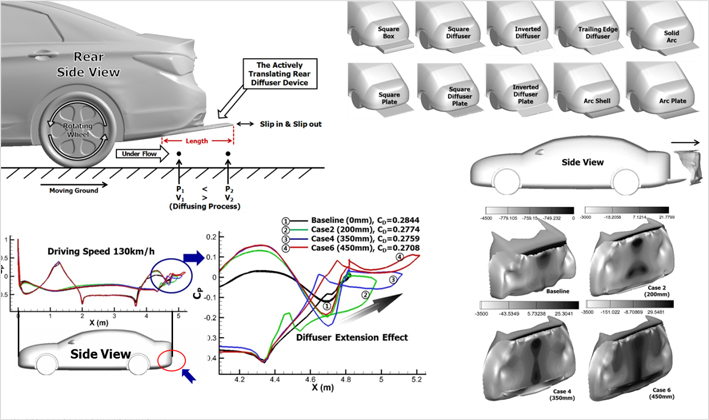
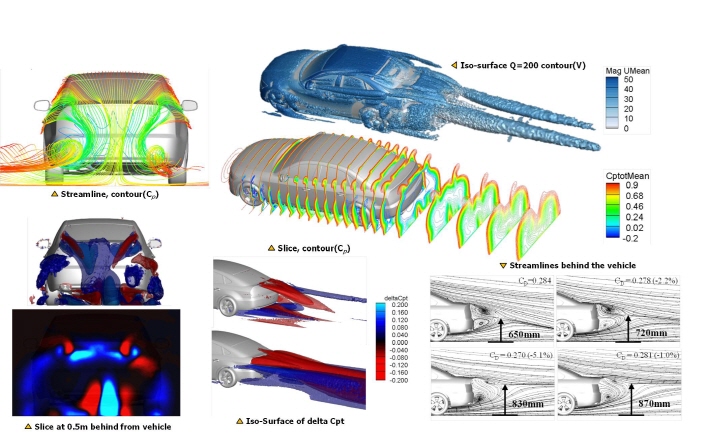
References
[1] Kang, S., Cho, J., Jun, S., Park, H. et al., "A Study of an Active Rear Diffuser Device for Aerodynamic Drag Reduction of Automobiles," SAE Technical Paper 2012-01-0173
High Altitude Scientific Balloon
It is necessary to build a facility and an infrastructure for experiments of the test modules that are needed for the development of future space projectiles and their improvement. It takes enormous costs, however, to do experimental work in space environment using launcher or ground facility. We can conduct a space environment experiment with reduced expenses by equipping scientific balloons with the test module, since they operate in the stratosphere whose environment is similar to that of the universe. The cost to make and manage scientific balloons is far lower than launcher and ground facility; launching a scientific balloon costs a twentieth to a hundredth of launching a scientific satellite.
Scientific balloons can be classified into two types by its shape: zero-pressure balloon and super-pressure balloon. Zero-pressure balloon has venting ducts in its base so there is no difference in pressure between the inner and outer side of film of the balloon. Most zero-pressure balloons are called ‘Natural-shape balloons’ and they have the shape of tear drop. Since zero-pressure balloon has venting ducts, its shape is variable with the change of the temperature and the pressure of the atmosphere. It usually operates 2 hours to 3 days at the altitude of 29.2 to 38.7 km with the payload of up to 2,721kg [1].
Super-pressure balloon doesn’t have venting ducts so it is not influenced by the status of the atmosphere. It has the shape of the pumpkin and maintains its shape and volume regardless of the outer condition. Super-pressure balloon also keeps its altitude, while zero-pressure balloon repeats floating and sinking with the sunrise and the sunset. It usually operates up to 100 days at the altitude of up to 37.5km with the payload of up to 1,088kg. Thus super-pressure balloon is useful for a long duration flight at the constant altitude and needs to consist of a strong material to endure the difference of pressure between the inner and outer side of film of the balloon.
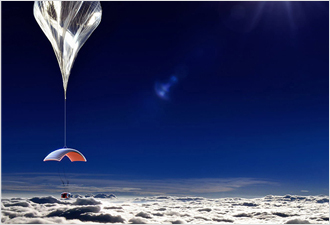
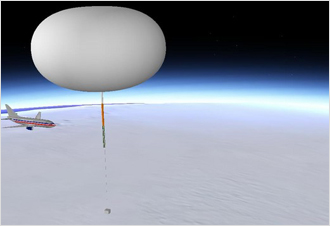
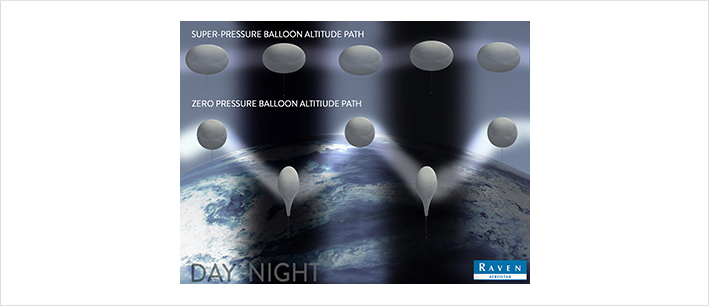


References
[1] NASA, Goddard Space Flight Center, “Capabilities of NASA Balloons for Science Missions”,
http://sites.wff.nasa.gov/code820/technology_capabilities.html, retrieved June. 26. 2015.
[2] World View Experience, Photo Gallery, “Ascending Through the Lower Atmosphere”,
http://worldviewexperience.com/about/#overview, retrieved June. 26. 2015.
[3] Raven Aerostar, News, “RAVEN’S AEROSTAR SUBSIDIARY ANNOUNCES SUCCESSFUL FLIGHT OF NASA PROTOTYPE SUPER-PRESSURE BALLOON IN ANTARCTICA”, January. 16. 2009.,
http://ravenaerostar.com/news/2009/01/raven-s-aerostar-subsidiary-announces-successful-flight-of-nasa-prototype-super-pressure-balloon-in, retrieved June. 26. 2015.
[4] Raven Aerostar, Project Loon Balloons, “Project Overview”,
http://ravenaerostar.com/solutions/ high-altitude-balloons/product-overview, retrieved June. 26. 2015.
Turbomachinery Design Optimization
A gas turbine, also called a combustion turbine, is a type of internal combustion engine. It has an upstream rotating compressor coupled to a downstream turbine, and a combustion chamber in between. Improving the gas turbine aerodynamic efficiency, even by a small amount, can translate into significant benefits; it is closely related to industry, economy and environment and so on. Because of that, more design requirements are always demanded so improving gas turbine performance is still challenging despite of countless precedent researches which have persisted for decades.
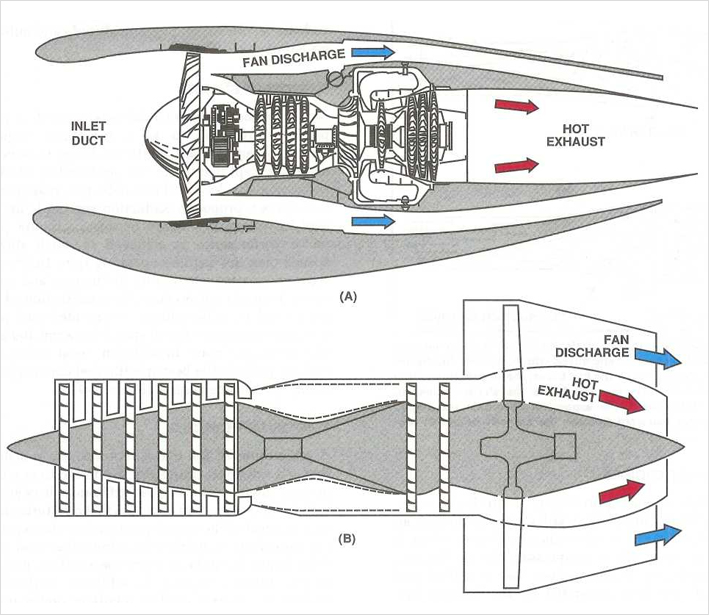
In the past few decades, growth of computing power makes possible a large number of research activities for gas turbine using computational fluid dynamics (CFD) and computational optimization method. AVDL have conducted shape optimization for improving the aerodynamic efficiency of gas turbine component including compressor and turbine using various computational methods and optimization techniques.

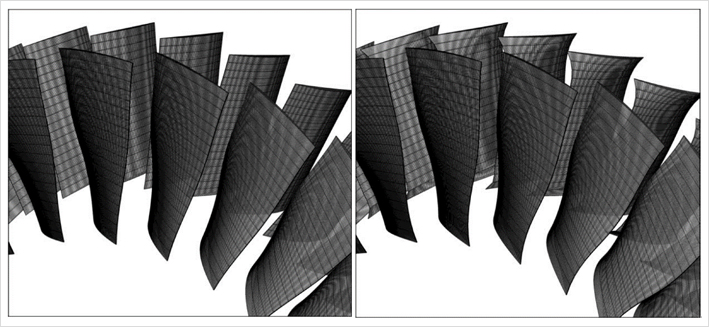
High pressure turbine is directly exposed to hot gas because it is located behind the combustion chamber. In usual case of modern gas turbine, temperature of hot gas exceeds oxidation limit of material. Because of that, cooling design for turbine is as important as aerodynamic efficiency. AVDL have conducted design optimization of various cooling component for turbine to maximize the cooling performance.
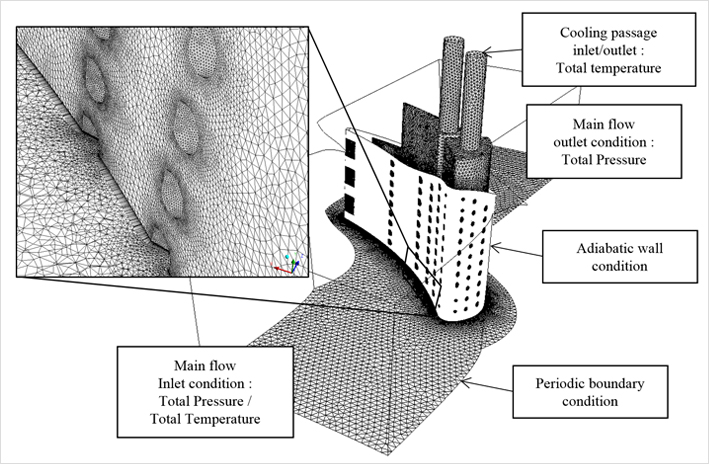
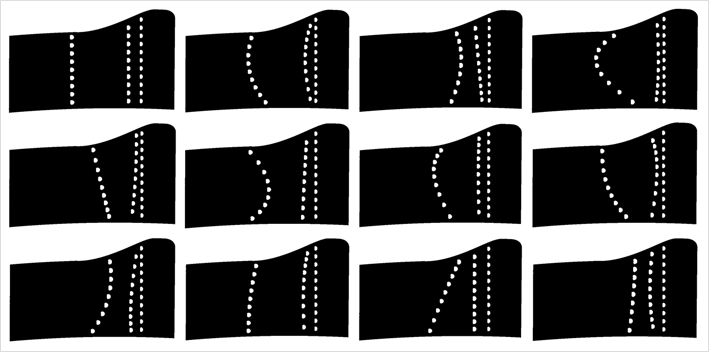
Despite recent advancements of numerical techniques in optimization and CFD, most of the preceding studies have been conducted under adiabatic conditions, not considering conjugated heat transfer (CHT), due to the huge computational burdens. In an effort to resolve this computational cost issue, variable fidelity modeling (VFM) is suggested as a viable option. VFM is a surrogate modeling method in which information with various degrees of fidelity is used to construct a surrogate model with efficiency. More specifically, general tendency of a model is constructed based on low-fidelity information and the accuracy of the model is tuned with high-fidelity information. AVDL have conducted design optimization of film cooling hole arrangements using VFM method, especially hierarchical Kriging model, for reducing the computation cost.
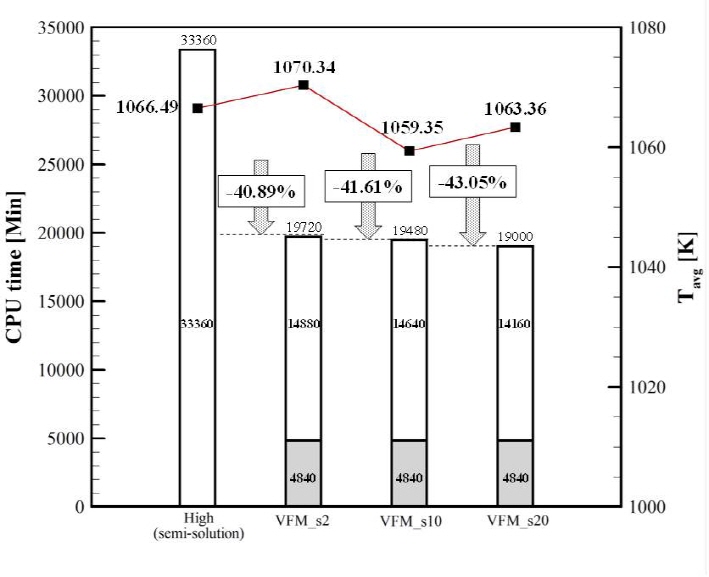
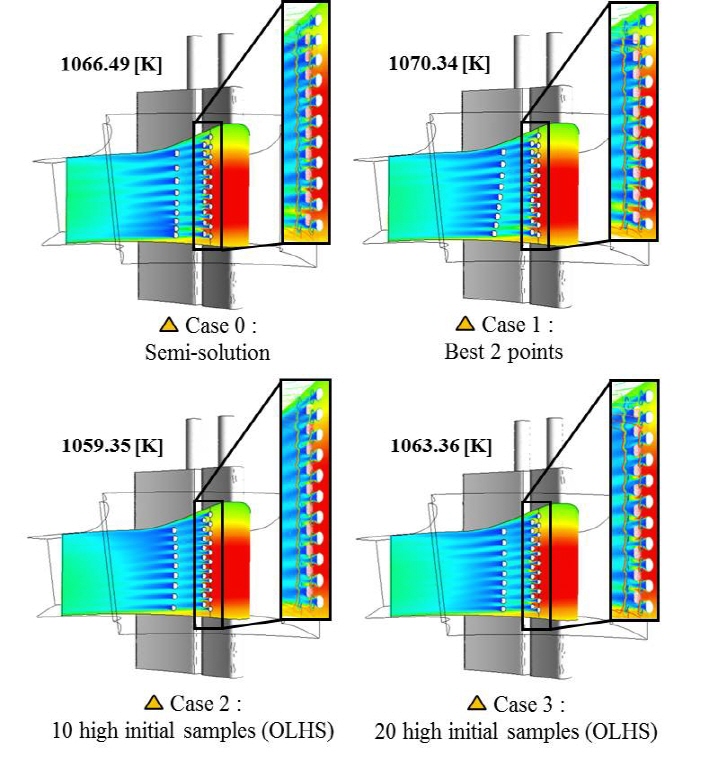
High Altitude Long Endurance (HALE)
Solar powered high altitude long endurance (HALE) unmanned aerial vehicle (UAV) is a one of good MDO application. Because S-HALE is operated at about 20km altitude where the air density is very low, wing generates insufficient lift. For that reason, wing span of S-HALE should be longer than conventional aircraft, and that may cause significant structural problem. In addition to that, S-HALE obtains its power from sunlight during the daytime, it is important to find balancing point between required power for flight, producible energy and storable energy for night flight. So design the S-HALE UAV should consider aerodynamic performance, structural stability and energy balance simultaneously. AVDL have conducted MDO of S-HALE UAV for improving the endurance.
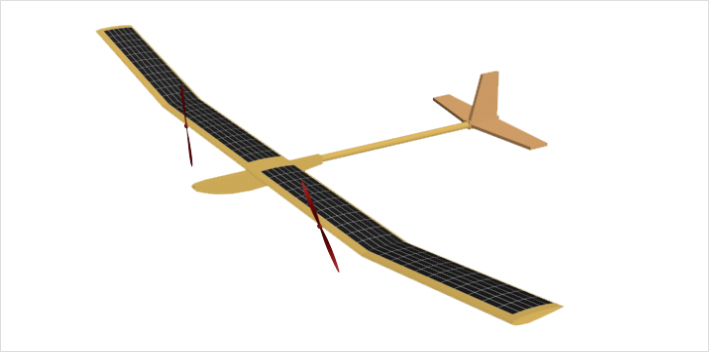
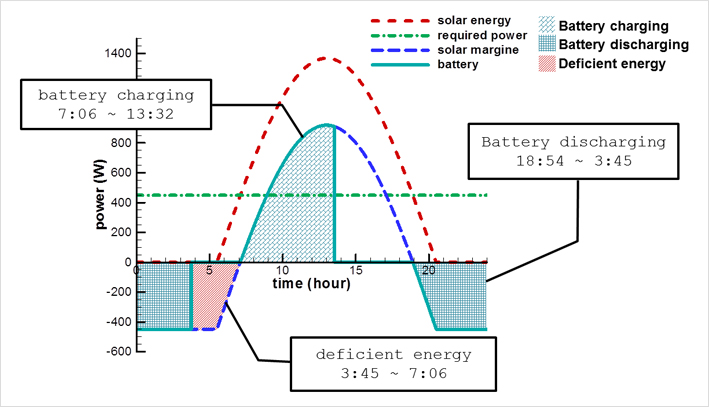
Helicopter Weapon Aiming Algorithm
Projectiles launched at a helicopter are interfered with the downwash from main rotor blades of the helicopter. The interference affects the projectile's trajectory and impact point. To predict the exact projectile's trajectory and impact point, it is necessary that trajectory should be calculated with the downwash effect.
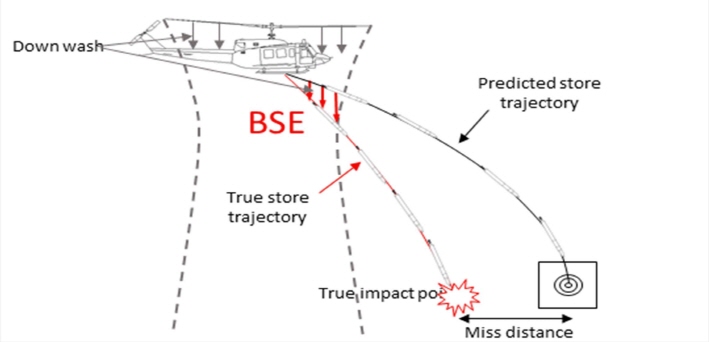
Actuator Disk Method(ADM) is used to efficiently calculate the wake region by rotor flow field analysis and the trajectory is analyzed by the aerodynamic force that reflects the downwash effect. Helicopter Weapon Aiming Algorithm is developed to enable trajectory analysis in various launch and flow environments by downwash flow field databases which are built with ADM.
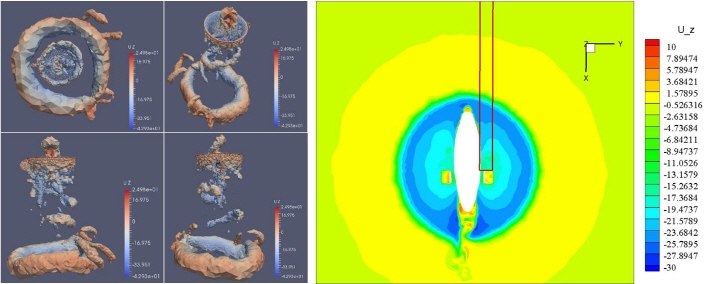
6-degree of freedom analysis [2,3] is used for the trajectory prediction and the effect of rotor downwash is considered by using the aerodynamic databases.
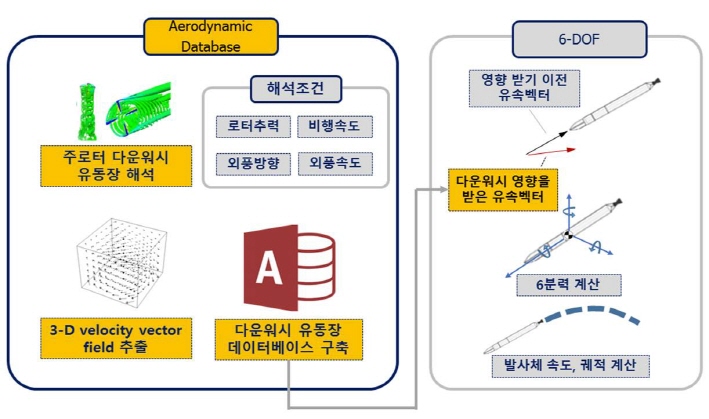
References
[1] 공효준, 이승수, 박재성, "헬리콥터에서 발사되는 발사체의 궤적 예측," Journal of The Korean Society for Aeronautical and Space Sciences, 2014.